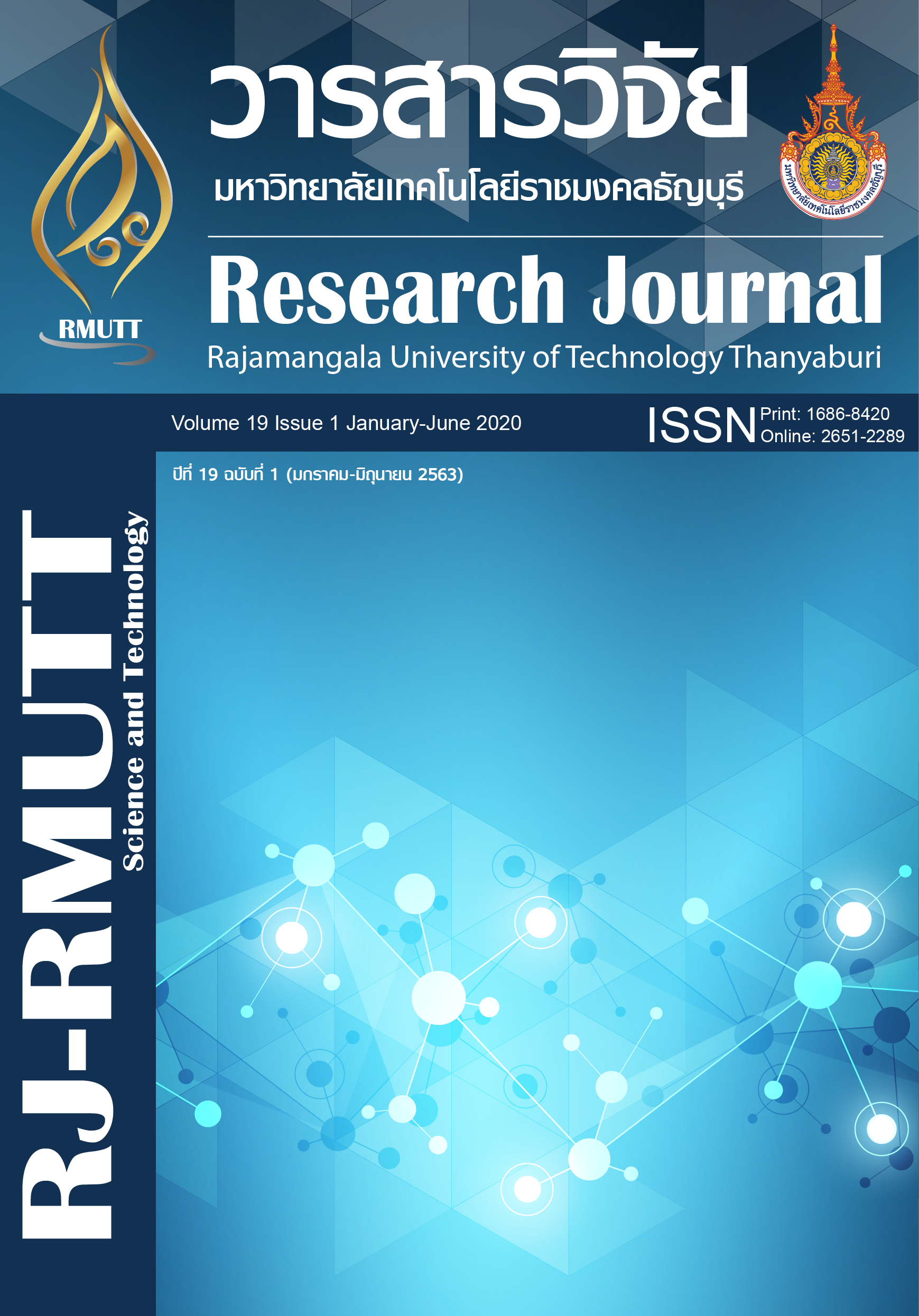Personal Recommender System based on Agglomerative Clustering together with User-based and Item-based Collaborative Filtering Methods
Main Article Content
Abstract
The objective of this study is to develop and increase efficiency of Personal Integrated Recommender System. The Recommender System plays an important role and is crucial to our everyday lives in online shopping and online services. We will find that the thing that comes with when shopping for products or using services is to recommend products or services. A good Recommender System helps generate more sales. In the meantime, various problems could be found with the system, e.g. scalable data, data sparsity, data accuracy, and having a lot of new users. Therefore, new techniques have been introduced and integrated with the recommender system in order to solve the problems and improve for greater recommender system efficiency. In this study, an Agglomerative Clustering together with a User-base and Item-base Collaborative Filtering Method is proposed. By combining the strengths of each method, we can improve the recommender system efficiency and accuracy. This combination helps to solve the problems of scalable data, data sparsity, and having a lot of new users. The results show that it reduces the processing time and increases precision. Therefore, we can conclude that the Personal Recommender System developed based on Agglomerative Clustering together with User-based and Item-based Collaborative Filtering Method has the ability to increase system efficiency and is applicable. It also helped to solve the problems of scalable data, data sparsity, and having a lot of new users. When modern technology arrives in the future, we may be able to use cloud computing for data analysis in order to expand the capacity to process the information efficiently.
Article Details

This work is licensed under a Creative Commons Attribution-NonCommercial-NoDerivatives 4.0 International License.
References
Adomavicius G, Tuzhilin A. Recommendation Technologies: Survey of Current Methods and Possible Extensions: Stern School of Business, New York University; 2004.IS-03-06.
Sarwar BM, Karypis G, Konstan JA, Riedl JT. Analysis of Recommendation Algorithms for E-commerce: ACM. In: Proceedings of the 2nd ACM; 2000 October; Minneapolis Minnesota USA, New York: Association for Computing Machinery; 2000. p. 158-67.
Shyu ML, Haruechaiyasak C, Chen SC, Zhao N. Collaborative filtering by mining association rules from user access sequences. In: Proceedings - International Workshop on Challenges in Web Information Retrieval and Integration, WIRI'05; 2005 April 8-9; Tokyo, Japan. 2005. p. 128-33.
Aljumily R. Agglomerative Hierarchical Clustering: An Introduction to Essentials (1) Proximity Coefficients and Creation of a Vector-Distance Matrix and (2) Construction of the Hierarchical Tree and a Selection of Methods. Global Journal of Human Social Science Research. 2016;16(3-G):23-50.
Janpla S, Wanapiron P. System framework for an intelligent question bank and examination system. International Journal of Machine Learning and Computing. 2018; 8(5):488-94.
Fawcett T. An introduction to ROC analysis. Pattern Recogn Lett. 2006;27(8):861–74.
Smoot BJ, Wong JF, Dodd MJ. Comparison of Diagnostic Accuracy of Clinical Measures of Breast Cancer–Related Lymphedema: Area Under the Curve. Arch Phys Med Rehab. 2011;92(4):603-10.
Chirawichitchai N. Developing term weighting scheme based on term occurrence ratio for sentiment analysis. In: Kim, Kuinam J, editor. Information Science and Applications. 1st ed. Springer eBook: Springer Nature; 2015. p. 737–44.


